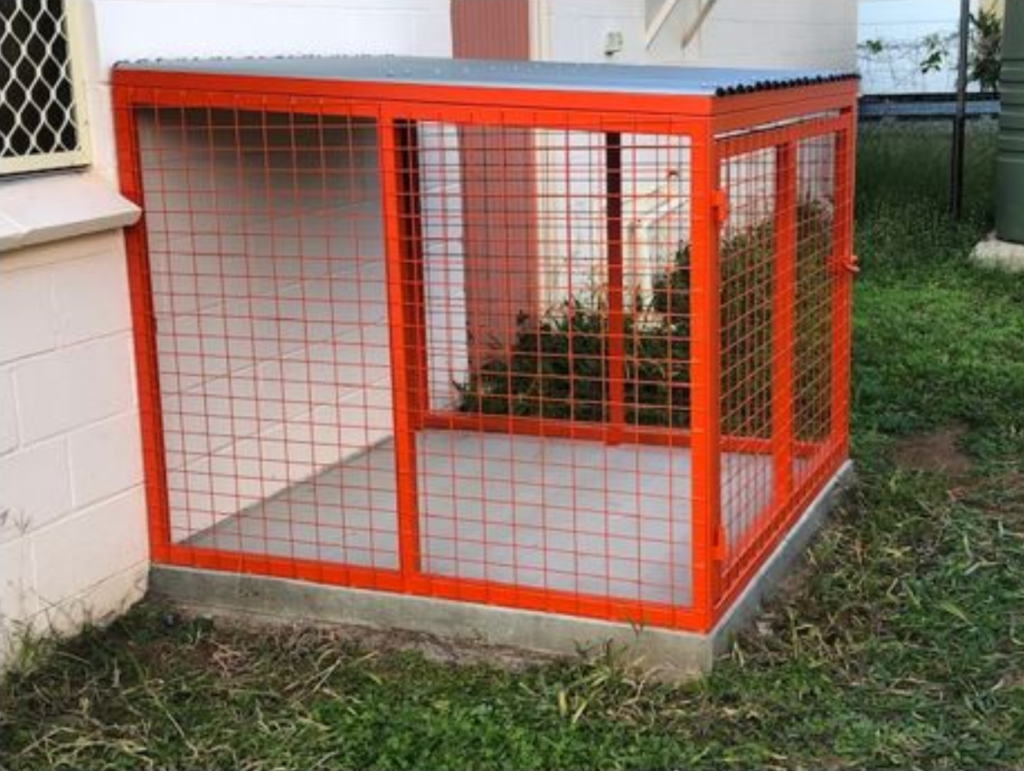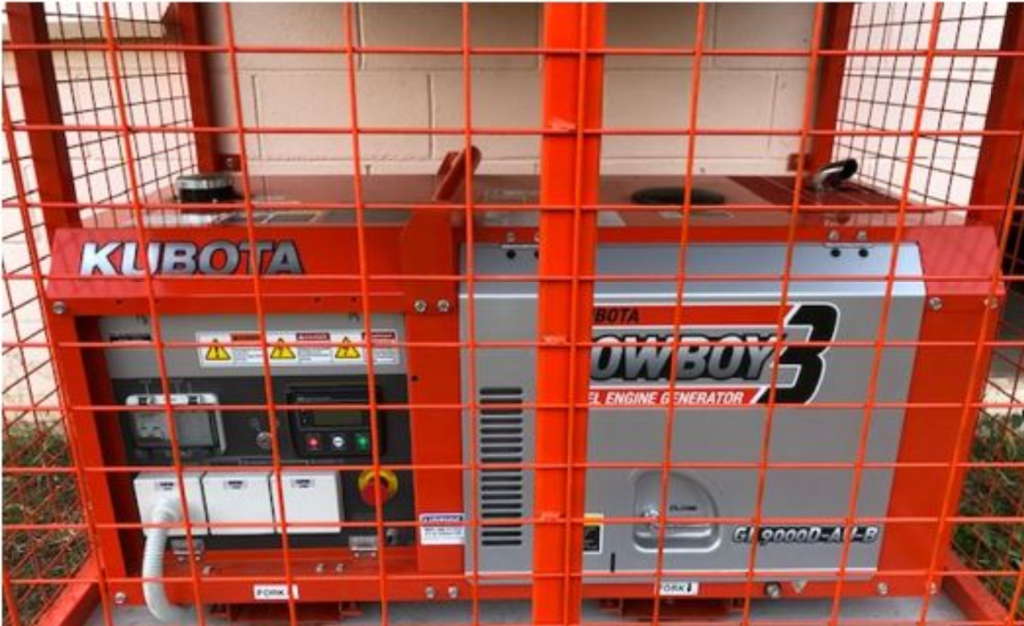Community stories: 24 September 2020
Clermont is a regional area in the Isaac region of Queensland that experiences severe thunderstorms during summer. These storm cells invariably result in damage to infrastructure from fallen trees and power lines, and often result in power outages lasting a few hours to several days. With climate change experts predicting an increase in drought, heatwaves and severity of thunderstorms, there is an inherent risk to this already isolated community.
One of the primary organisations responsible for supporting emergency and disaster response operations in the Isaac Regional Council area is the Clermont SES. They predominantly perform search, traffic management, storm damage and flood boat operations, and provide agency support to other emergency services.
The storms the followed in the wake of Cyclone Debbie caused widespread damage across central Queensland. Clermont experienced a severe super cell thunderstorm that resulted in the entire township losing power, and therefore, the ability to communicate. This restricted the ability for the SES to support the community, as mobile and NBN landlines and the local two-way repeater station are not operational without power. In addition, Clermont SES requires a connection to an online system, so they know which residents have contacted the SES for assistance and where they need to go next.
This same super cell caused extensive damage to surrounding areas including the townships of Moranbah and Dysart, which also rely on support from the Clermont SES during disaster events. Without electricity, these outlying communities and properties are often unable to contact the SES until power is restored to the area, leaving people at risk.
A grant from FRRR’s Repair-Restore-Renew program for $14,712, funded by FRRR and individual donors, enabled the Clermont SES to purchase and install a backup diesel generator at their shed headquarters.
Elizabeth Slattery, a volunteer with the Clermont SES said that the installation of the generator secures electrical power generation to the Clermont SES building, thereby enhancing the emergency response time for the SES. It also establishes two-way and phone / landline communication channels for emergency services by enabling them to remain in contact during power outages and emergencies.
“The response to requests for help from the community will be improved, including the ability to provide electricity for medical assistance aids, assisted oxygen supply and other aids for frail and aged members of the community.
“We are now more resilient and confident that we will be able to assist the community during adverse weather events such as storms and cyclones.”



